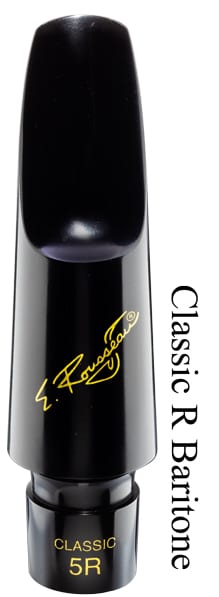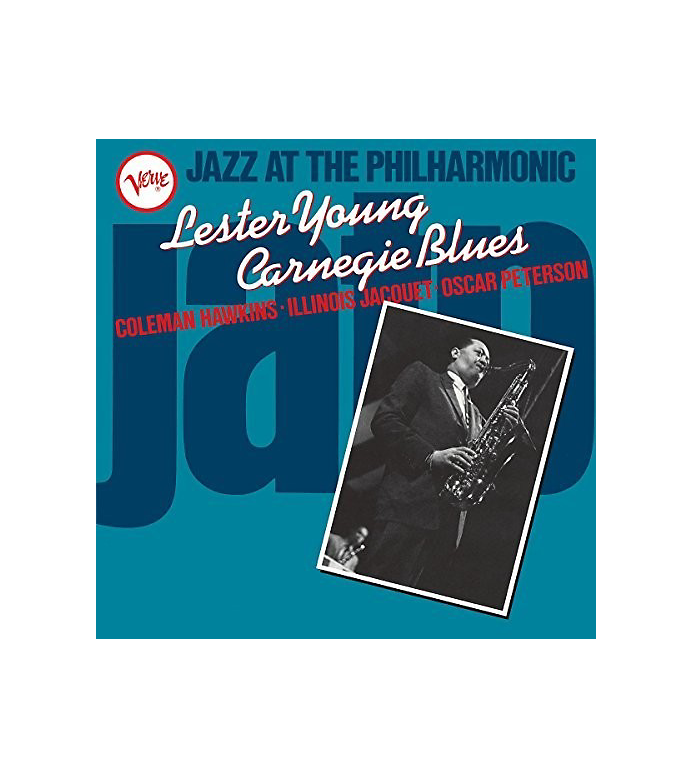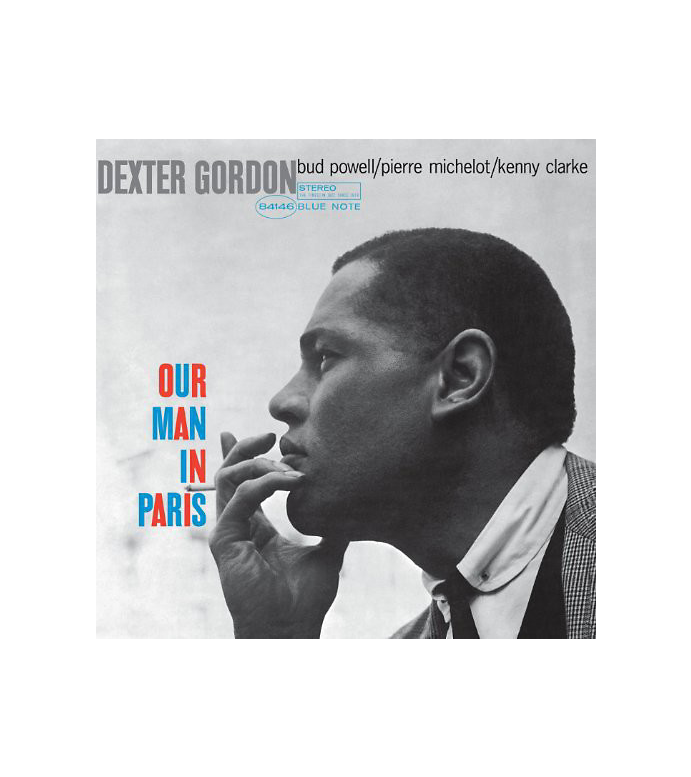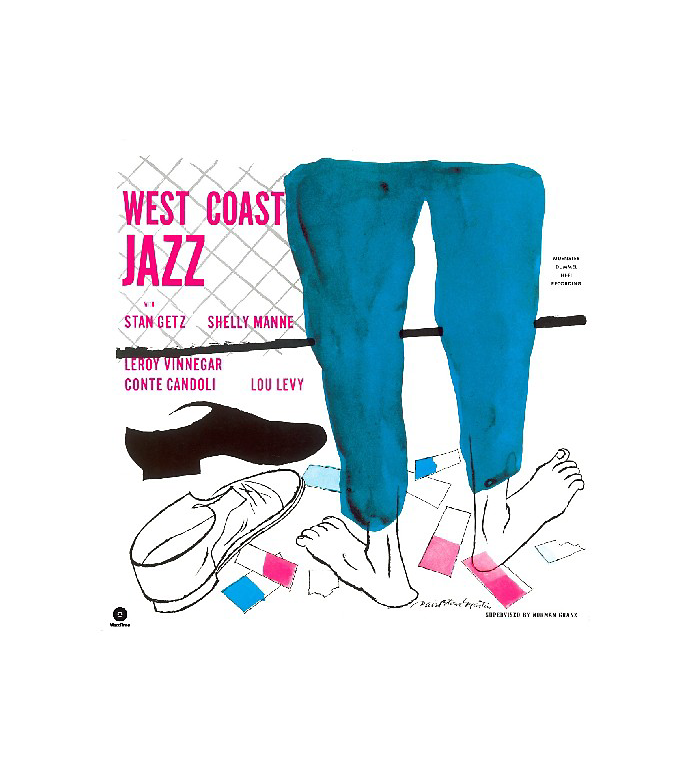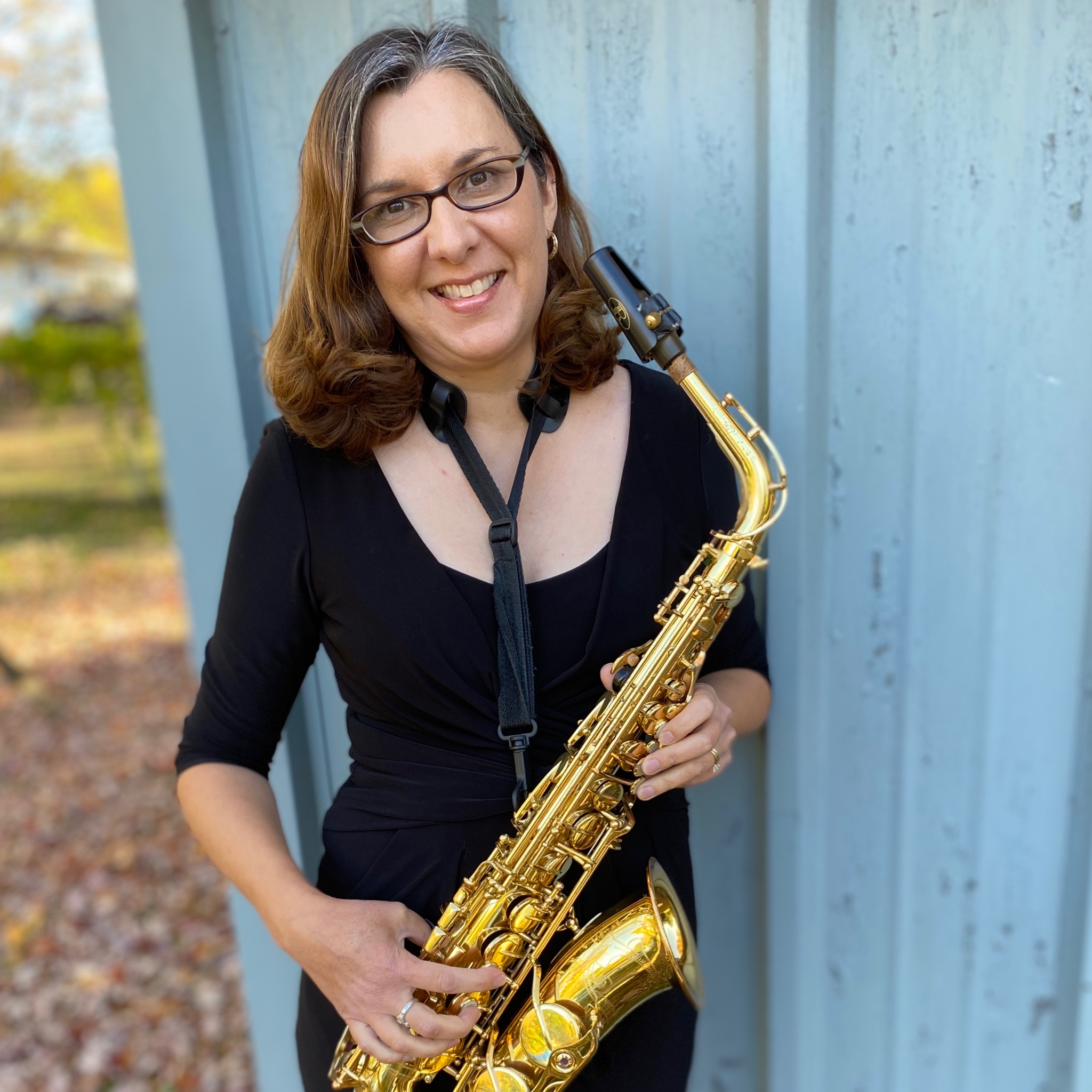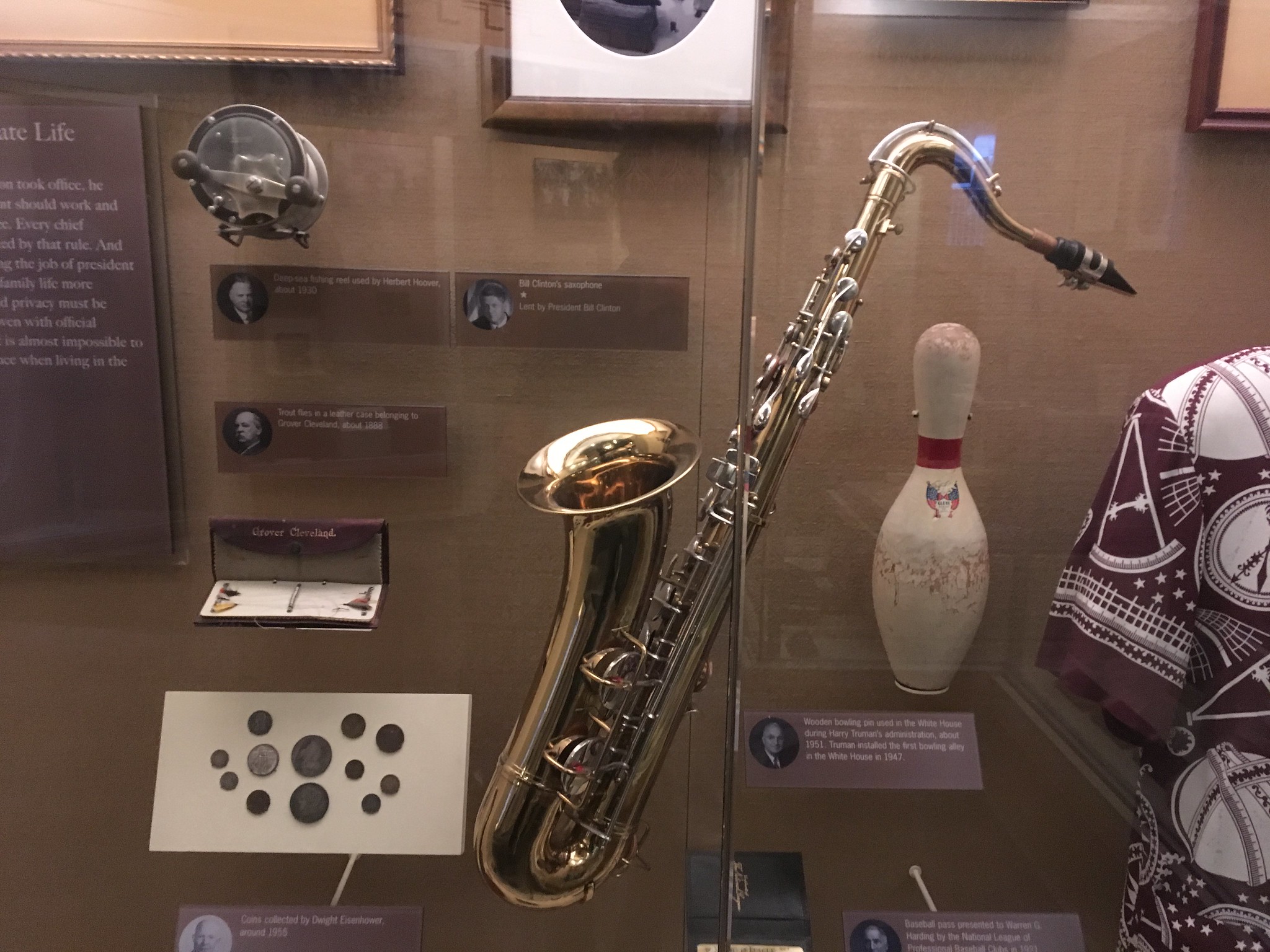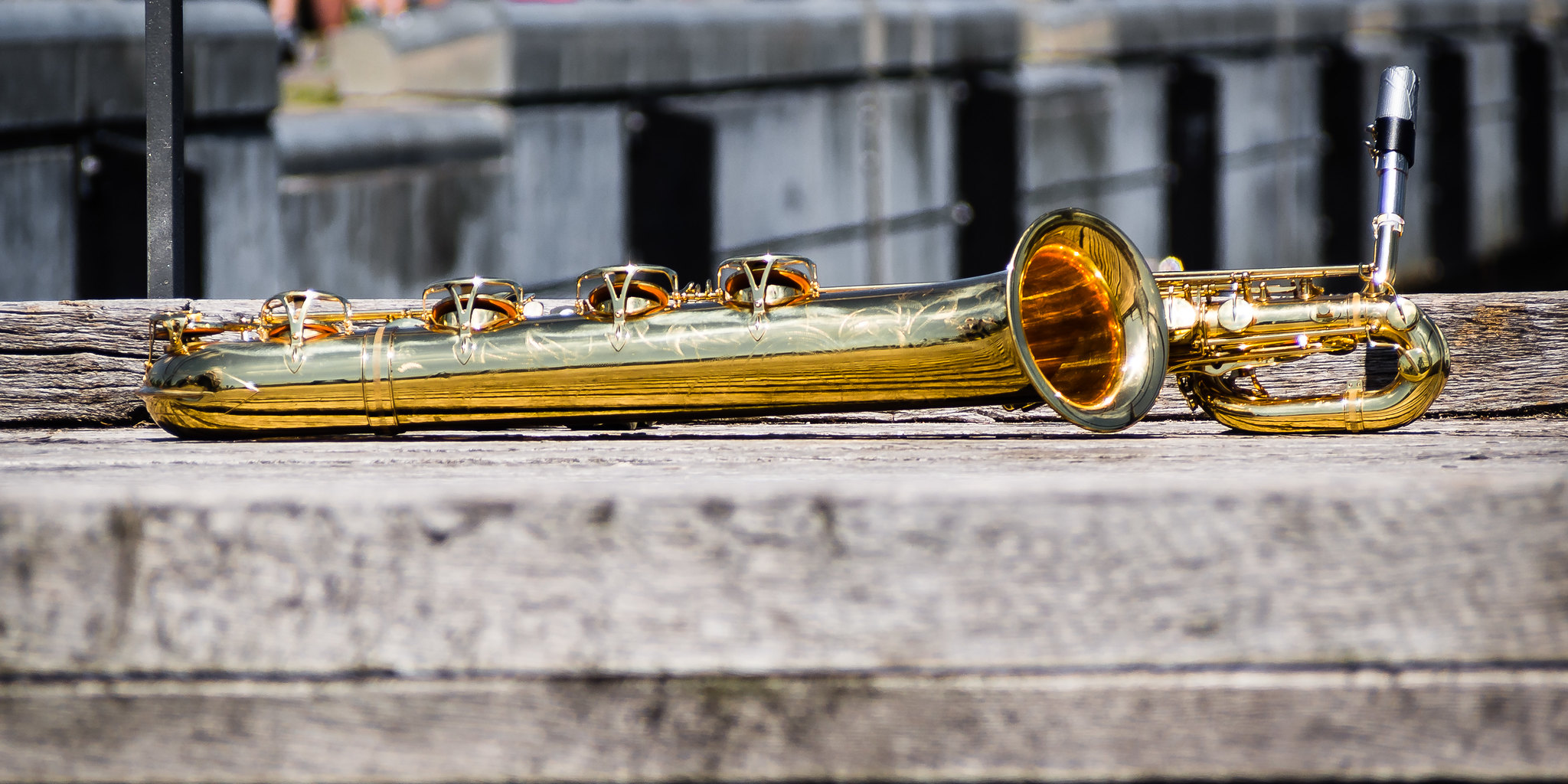Classical Saxophone Players
When Adolphe Sax patented the saxophone in 1846, he intended that the saxophone family would be widely used in both orchestral and band settings. Eventually, the Paris Conservatoire and Brussels Conservatory began offering saxophone lessons, and major composers began writing for the saxophone family.
The saxophonists below represent some of the musicians who have made major contributions to the world of classical saxophone.
Elise Hall (1853-1924)
American, Elise Boyer Hall was the first American female concert saxophonist. Some music historians believe she is the first American concert saxophonist, male or female.
Mrs. Hall can be credited with a major breakthrough in the use of the saxophone in classical music. One should note that at this time, it was extremely rare to see a woman playing any wind instrument, let alone a saxophone.
Mrs. Hall developed the Orchestral Group of Boston, and performed many pieces she commissioned from French composers. One of the most famous Hall commissions is Claude Debussy’s Rhapsodie for Alto Saxophone and Chamber Orchestra. Other composers who wrote for Mrs. Hall include Vincent D’Indy, Florent Schmitt, and Paul Gilson.
Marcel Mule (1901-2001)
Marcel Mule was born in France and began his musical education at the age of eight. Mule’s father, a brass band director, was his first teacher. In addition to saxophone, Mule also learned violin and piano.
After serving in the French Military during World War I, Mule became a member of La Musique de la Garde Républicaine. He became a soloist with the band, and also played in the orchestra of the Opéra-Comique, and in various dance bands.
It was while he was playing in dance bands and listening to American jazz that Mule discovered vibrato. He began experimenting with vibrato and gradually applied it to classical playing.
In 1927, Mule formed a saxophone quartet called Quatuor de la Garde Républicaine, which was active for over 40 years. The quartet went through various name changes, including Quatuor de Saxophones de Paris and the Quatuor Marcel Mule. At the time the group was established, there was not much music for saxophone quartets. Mule began transcribing classical pieces for the quartet, and eventually, well-known composers started composing for the saxophone quartet, as well.
Mule premiered numerous important works for saxophone, including the soprano saxophone part in Maurice Ravel’s Bolero (1928), Florent Schmitt’s Legend (which was written for Elise Hall and premiered in 1933), the first movement of Jacques Ibert’s Concertino da Camera (1935), and Heitor Villa Lobos’s Fantasia Op. 630 (1948).
In 1942, Marcel Mule became the second person to teach saxophone at the Paris Conservatoire. Adolphe Sax was the first saxophone professor, and he left the Conservatoire 70 years prior. Marcel Mule is considered the father of the French Classical Saxophone School and retired from the Paris Conservatoire in 1968.
Larry Teal (1905-1984)
While Mule is considered the father of French Classical Saxophone, Teal is thought to be the father of American Classical Saxophone. In 1953, Teal became the first full-time professor of saxophone, in the United States, when he was appointed to the faculty of the University of Michigan-Ann Arbor. He remained in that position until his retirement in 1974.
Teal wrote many books for the study of saxophone, including The Art of Saxophone Playing and The Saxophonist's Workbook, and Solos for the Alto Saxophone Player. The Art of Saxophone Playing has long been considered “the saxophonist’s Bible,” and is one of the most complete books on playing the saxophone.
Teal taught over 100 saxophone students at the University of Michigan. Many of his students went on to become well-known teachers and performers, including Donald Sinta (who succeeded Teal as saxophone professor at the University of Michigan), Steven Mauk (retired saxophone professor of Ithaca College), Patrick Meighan (retired saxophone professor of Florida State University), and Bernie Maupin (adjunct faculty at the California Institute of the Arts).
Sigurd Raschèr (1907-2001)
German-born Raschèr left his home country after the Nazi party decreed that “foreign” instruments, such as the saxophone, were banned. During this time period, he taught and performed in Denmark and Sweden. Some of his performances included those with famous European symphonies such as those in London, Prague, Warsaw, and Paris. Famous composers such as Alexander Glazunov, Jacques Ibert, Walter Hartley, Ingolf Dahl, Karel Husa, Maurice Whitney, and Paul Hindemith all wrote pieces for Raschèr.
In 1939, Raschèr was invited to the United States and became the first saxophone soloist to play with the New York Philharmonic. Between 1939 and 1940, he also performed in Boston and Washington D.C. At this time, he and his family decided to permanently move to the United States. Due to an issue with immigration papers, Raschèr was forced to leave the U.S. and spent most of World War II harvesting sugar cane in Cuba. After World War II, he and his family settled in upstate New York.
Raschèr taught at the Eastman School of Music in Rochester, Union College, the University of Mississippi, and Yale University. He also formed the Raschèr Saxophone Quartet with his daughter Carina. The quartet is still active today and has had over 300 compositions dedicated to them.
Raschèr encouraged composers to include the altissimo register, or “top tones,” as he called them, into the saxophone solo repertoire. Raschèr initially encountered much opposition for his insistence on using the extended range of the saxophone. It has since become an accepted part of advanced saxophone technique. His book, Top-Tones for the Saxophone, is still published and highly regarded.
When asked about his many achievements, Mr. Raschèr always replied, ''Someone had to do it.''
Jean-Marie Londeix (b.1932)
Jean-Marie Londeix was born in France and began playing saxophone at the age of eight. After studying with Marcel Mule, at the Paris Conservatoire, he became the first saxophonist awarded the prestigious Prix d’Honneur.
Londeix went on to teach saxophone at the Conservatory de Dijon, from 1953-1971, and then at the Conservatoire de Région de Bordeaux, from 1971-2001. While at the Bordeaux Conservatoire, he founded the International Saxophone Ensemble. This ensemble, made up of twelve saxophones, established the foundation for saxophone ensembles all over the world.
Londeix gave his first U.S. concerts in 1966. In 1968, he performed Paul Creston’s Saxophone Concerto in Carnegie Hall in New York City. Londeix has over 250 works dedicated to him and has worked with composers such as Henri Tomasi, Pierre Max Dubois, Edison Denisov, and Paul Creston.
Londeix organized the World Saxophone Congress, Conference on the General State of the Saxophone, and several international competitions. He was also the Honorary President of the Association des Saxophonistes de France and President of the International Saxophone Committee of the World Saxophone Congress.
Eugene Rousseau (b.1932)
In 1962, American-born, Eugene Rousseau received a Fulbright Grant enabling him to study at the Paris Conservatoire, with Marcel Mule. Following his studies at the Paris Conservatoire, he earned a doctoral degree at the University of Iowa, studying with Himie Voxman.
Rousseau went on to become the saxophone professor at Indiana University and taught from 1964-2000. In 1993, Rousseau was also designated an honorary faculty member of the Prague Conservatory. In the Autumn of 2000, Rousseau joined the faculty of the University of Minnesota School of Music. He retired from teaching in 2015.
From 1991-2001, he gave yearly masterclasses at the Mozarteum in Salzburg, Austria. His masterclass in 1991 was the first time that a saxophonist was invited to present at that institution.
Since Eugene Rousseau’s debut at Carnegie Hall, in New York City, he has performed on five continents. Some of these performances have included premieres of works written for him, including Partita by Juan Orrego-Salas, Jindřich Feld's Sonata for Alto Saxophone and Piano and Concerto for Saxophones and Orchestra, Bernhard Heiden's Fantasia Concertante, Frederick Fox’s Hear Again in Memory, and Don Freund's Skyscrapings.
Rousseau and another Marcel Mule student, Paul Brodie, organized the first World Saxophone Congress in Chicago, in 1969. Rousseau is also a past President of both the North American Saxophone Alliance and the Comité International du Saxophone
Rousseau has been a consultant for the Yamaha Corporation’s saxophone research, since 1972. He also designed his own model of classical and jazz saxophone mouthpieces. Rousseaumouthpieces.com states that their mouthpieces combine “old-world hand-craftsmanship and strict quality control, there are simply no better mouthpieces for sound, control and performance on the planet.”
Jazz Saxophone Player
Saxophone players have always been a fixture in jazz music. The musicians below were instrumental in many innovations in the different styles of jazz.
Lester Young (1909-1959)
Lester Young, born in Mississippi, began working at the age of five, selling newspapers and shining shoes to earn money for his family. By the age of ten, Young knew how to play several instruments and joined the Young Family Band in touring around the Southwestern United States.
Eventually, Young emerged as an up and coming tenor saxophonist on the 1930s Kansas City jazz scene. He joined Count Basie’s Band and later joined Fletcher Henderson’s Orchestra.
Young played with a lyrical, relaxed, and sensitive style that had not been heard before, from a jazz saxophonist. Young introduced a style of improvisation that became the basis for modern jazz solos.
Famous singer, Billie Holiday, once referred to Young as the “President of Tenor Saxophonists.” Thereafter, he was known as Pres or Prez. Young was the first to call Billie Holiday, “Lady Day,” as well.
Interestingly, Young also coined many slang words that we still use today. It is said that he popularized the term "cool" to mean something fashionable or hip. He also used the term “bread,” for money. Reportedly he would ask, "How does the bread smell?" when asking how much a gig was going to pay.
Charlie Parker (1920-1955)
Charlie Parker, nicknamed “Bird” or “Yardbird,” was born in Kansas. As a child, Parker’s family moved to Missouri, where his musical talent was discovered when he began taking lessons at school. Parker first played euphonium and then switched to alto saxophone.
Parker dropped out of school at the age of fifteen and began to play in the nightclubs of Kansas City, Missouri. After touring with Jay McShann’s Band in Chicago and New York, Parker eventually decided to move permanently to New York City.
In 1945, Parker became the leader of his own group, and also played in a group with famed jazz trumpet player, Dizzy Gillespie. In 1949, Parker made his European debut at the Paris International Jazz Festival. Parker introduced new harmonic ideas into jazz and was a leader in the development of bebop.
After two decades of recording and performing in Europe and North America, Parker died at the age of 35, after years of struggling with drug and alcohol addiction and mental illness.
Dexter Gordon(1923-1990)
Dexter Gordon, who was born in California, was nicknamed “Long Tall Dexter” and “Sophisticated Giant,” because of his height of 6’6”. Gordon began his musical studies with clarinet, then switching to alto saxophone, and finally to tenor saxophone.
Gordon is largely regarded as the first person to play bebop on the tenor saxophone. He was also known for frequently inserting musical quotes in his solos. Sometimes one might hear a phrase from “Happy Birthday,” or a Richard Wagner opera within his solos.
In the 1940s, Gordon played with the Lionel Hampton Band, Fletcher Henderson’s Band, Louis Armstrong’s Orchestra, Billy Eckstine Band, and with Lee Young (Lester Young’s brother). He also recorded with Savoy Records and Dial Records.
Gordon went on to sign with Blue Note Records and to tour in Europe. He eventually settled in Denmark and played extensively in Europe for a number of years. Gordon was much more comfortable living and working in Europe because he felt he encountered much less racism and was more respected there as a jazz musician there than in the United States.
In 1978 and 1980, was Down Beat’s Musician of the Year. He was inducted into the Jazz Hall of Fame in 1980, as well. In 1986, Gordon was named a member and officer of the French Order of Arts and Letters by the Ministry of Culture in France and also won a Grammy for Best Jazz Instrumental Performance, Soloist, for the soundtrack album The Other Side of Round Midnight.
1986 was also when Gordon was cast in the motion picture, Round Midnight. He was nominated for an Academy Award for Best Leading Actor for his portrayal of Dale Turner, a character based on the lives of Lester Young and Bud Powell.
In 2018, Gordon's album Go, recorded in 1962, was selected by the Library of Congress for preservation in the National Recording Registry for being "culturally, historically, or aesthetically significant".
Dexter Gordan once said, “Jazz to me is a living music. It’s a music that since its beginning has expressed the feelings, the dreams and hopes of the people…”
Paul Desmond (1924-1977)
Paul Desmond was born Paul Emil Breitenfeld, in California. His father was a pianist, organist, composer, and arranger who encouraged Desmond’s interest in clarinet and saxophone. Desmond changed his last name in the mid-1940s. He told a variety of stories as to why he changed his name, so it is not clear why the decision was made.
Desmond’s playing style on alto saxophone is evocative of the West Coast’s school of cool jazz. He always stated that he was trying to sound “like a dry martini.” Desmond is widely regarded as a musical genius for his melodic improvisations.
Desmond is most well-known for playing with the Dave Brubeck Quartet, and his composition, Take Five. Desmond toured extensively and made numerous recordings with Dave Brubeck.
Desmond also collaborated with musicians Gerry Mulligan, Jim Hall, Chet Baker, and Ed Bickert. Mulligan and Desmond made two studio albums together and also appeared together at the New Orleans Jazz Festival.
John Coltrane (1926-1967)
Coltrane was born in a small village in North Carolina, and when at the age of twelve his father, grandparents, and aunt passed away within months of each other, he found solace in music. It is thought that his predilection for the blues and a distinct gospel feel to his playing could be attributed to his religious upbringing. Both his father and grandfather were preachers.
Coltrane began his career in Philadelphia, Pennsylvania, playing in the bebop and hard bop styles. In 1955, he received a call to audition for Miles Davis’s band in New York City. It was while Coltrane was playing with Miles Davis that he skyrocketed to fame in the jazz world. Through Coltrane’s collaborations with Davis, he became a trailblazer in free jazz, and the use of modes.
In 1965, Coltrane was inducted into the Down Beat Jazz Hall of Fame. Coltrane recorded twenty-five albums throughout his career, recording with Blue Note, Prestige, Atlantic, and Impulse Records.
John Coltrane once stated, “I humbly asked to be given the means and privilege to make others happy through music.”
Stan Getz (1927-1991)
Stan Getz was born Stanley Gayetzky, in Philadelphia, Pennsylvania. He began playing saxophone at the age of thirteen and later studied for one year at the Juilliard School of Music in New York City.
In the 1940s, Getz played with Jack Teagarden’s band and with Woody Herman’s Herd. In the 1950s, he was known for playing tenor saxophone in the styles of bebop and cool jazz. By the 1960s, Getz became interested in the fusion of jazz and bossa nova.
Getz worked in the San Francisco Bay area and taught at Stanford University as an artist-in-residence at the Stanford Jazz Workshop in the 1980s. In 1986, he was inducted into the Down Beat Jazz Hall of Fame.
Between 1962 and 1991, Getz won five Grammy awards
Conclusion
This is by no means a complete list of all the famous saxophone players, it is a sampling of some of the people who have shaped the worlds of classical and jazz saxophone music.





